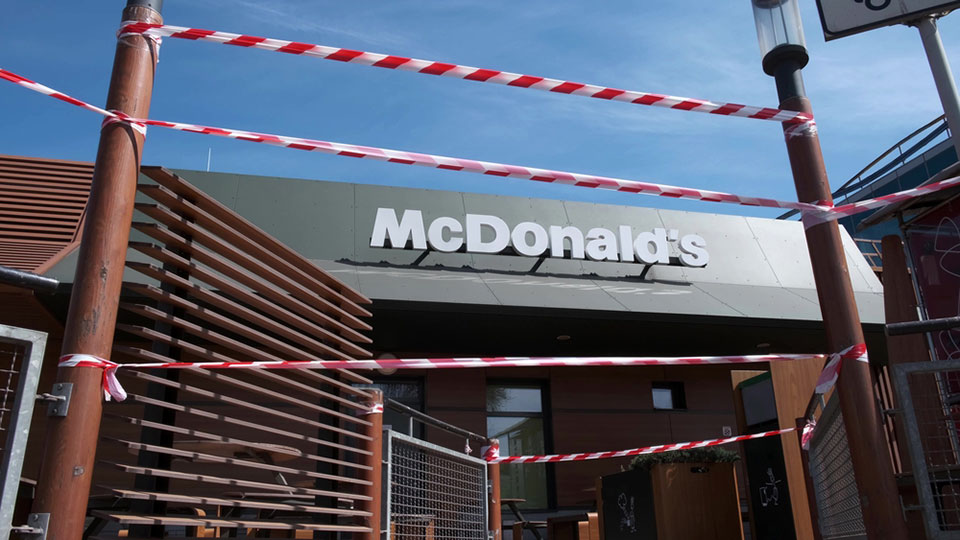COVID Caution: Staff Reduction in the Pandemic-era

A glimmer of hope flashed when the U.S. Bureau of Labor Statistics recently reported U.S. job losses in May were in line with the months preceding the COVID-19 pandemic. In May, 1.8 million workers were laid off or let go from their jobs, number in line with January and February, and a significant improvement from the 7.7 million and 11.5 million reported in April and March respectively.
Now, that hopeful glimmer is flickering. COVID-19 infection rates surged in July, reintroducing restrictions that had been eased in most states. Paycheck Protection Program loans, designed to cover an employer’s payroll costs and other expenses for about eight weeks, are running out. Consumer spending, which sustained the economy since the last recession and climbed in June, is expected to drop. Together, these factors are expected to constrain hiring and instead prompt staff cuts.
In these circumstances, it is understandable that CEOs are considering staff reductions either by way of furloughs, layoffs or firings. Sometimes staff adjustments are necessary to manage costs and production to match declines in customer demand. CEOs must weigh many risks to achieve tangible benefits that can result from taking action. As they do, there are four important considerations that do not appear on a balance sheet that can have outsized impacts for long-term success.
Corporate culture. According to a study from the Center for Sales Strategy, companies achieve up to 33% higher revenue when they foster a workplace culture that attracts high-talent. A recent survey from research firm Gardner shows one-third (30%) of senior-level executives are most concerned about maintaining corporate culture as they pivot to maintain or change business operations to thrive in a COVID-19 era. Naturally, CEOs desire a positive culture, one that will help create the desired quality products and services. This comes through a culture of commitment to quality, learning and performance. This type of culture is hard won and thoughtful attention needs to be devoted on how to sustain it during these troubled times.
Considering the creation of alternative jobs, rather than job elimination, may show promise in keeping employees productive and reducing layoffs. Many companies have reassigned people to conduct various routine and special maintenance to facilities, devote time to research best practices on systems and processes, and other wanted improvements that people have not had time to do before. Considering an overall salary cut of 10 or 15 percent where everyone shares in the “hit” could buy time while COVID-19 lingers and hopefully subsides.
When the decision to reduce headcount is made, many CEOs fail to consider how to make the process fair in both reality and perception. In the Pepperdine Graziadio Presidential and Key Executive MBA program, we examine a case study called “Downsizing Blues”, which encourages executives to “share what they know” – that is, being authentic, versus “pretending not to know” or reverting to rumor or speculating. In the process, CEO-level executives confront difficult decisions and learn they can’t wait to know everything (which always backfires) before they communicate. The key is to communicate often and tell what you can – even if it is to say there is nothing new.
Sunk costs. Research shows across all industries, regardless of size, organizations with 100-10,000 employees spend about $1,000 on average per employee annually for training. This turns into a sunk cost of millions of dollars when employees depart the company. In addition, experienced employees take with them the deeper understanding of how the system truly works. For example, imagine what it would be like for employees to come to work and only do the jobs listed in the company’s organization chart or role descriptions. We all know actual jobs are more complex; characteristics of which are tacitly learned through exposure to the company culture and internal dynamics of how to get tasks accomplished. These lessons are learned on the job through observation, conversation, supervision, and practice. When competent people leave, they take with them invaluable organizational knowledge.
Legal and ethical problems. Targeting individual workers can lead to discrimination allegations if management picks out the oldest employees or other members of protected classes to let go. Clear criteria for decision making on which employees to keep and which ones to furlough or terminate is a must, and if followed, will help the company weather lawsuits for unlawful dismissal. Too often executives hide out making decisions in a vacuum and forget about the sensitivities of discrimination and protected classes. Simultaneously, CEOs need to address what to do about long-term employees. Laying off the old timers can have a boomerang effect. These employees are often the glue that keeps organizations together and ground the entire company’s culture. Letting them go can shatter the commitment of other employees when they are abruptly let go, by others thinking, “Look at the years Blair put in and poof! Gone just like that.” Morale and culture then are vulnerable to be reshaped by happenstance, not deliberate decision making.
Giving competitors a leg up. Many CEOs fail to recognize the gift they hand competitors in a lay off. Newly departed employees usually walk across town and into the arms of the competition. Or they may start their own competitive business or consult with multiple competitors and clients. In areas that contain COVID-19 infections quickly and are likely to rebound, competitors stand to accelerate faster and will benefit from under-resourced competitors.
In the U.S. and around the world, the pandemic remains a stark reality with no end in sight. Managing organizations during this time presents a delicate balance between gauging costs maintaining benefits. Even in the COVID-19 environment, staff adjustments should not focus on near-term cost cuts, but the long-term beneficial change from sticking it out or making necessary adjustments. Company culture is a precious commodity which needs nurturing. Importantly, CEOs must take care not cut out the heart out of their organization when cutting costs, benefits, or employees.
Commentary by Dr. Miriam Lacey, Ph.D. Here’s what you’ve missed?
World’s Best Countries For A Child To Be Born In.
World’s Best Countries For Education System.
World’s Best Hospitality And Hotel Management Schools.
O’Mega superyacht and TITANIA superyacht available for Luxury Superyacht Charter.
Bring the best of the CEOWORLD magazine's global journalism to audiences in the United States and around the world. - Add CEOWORLD magazine to your Google News feed.
Follow CEOWORLD magazine headlines on: Google News, LinkedIn, Twitter, and Facebook.
Copyright 2025 The CEOWORLD magazine. All rights reserved. This material (and any extract from it) must not be copied, redistributed or placed on any website, without CEOWORLD magazine' prior written consent. For media queries, please contact: info@ceoworld.biz











